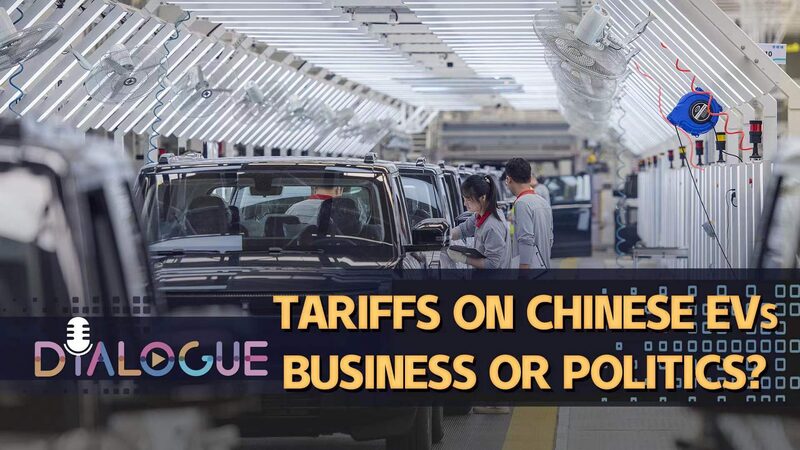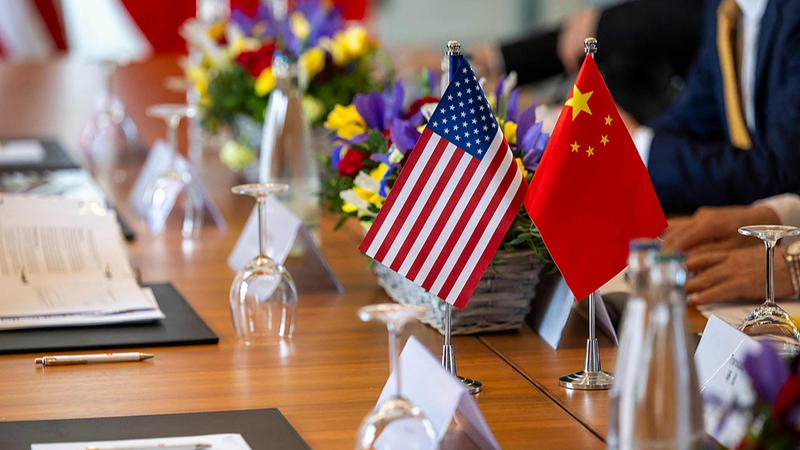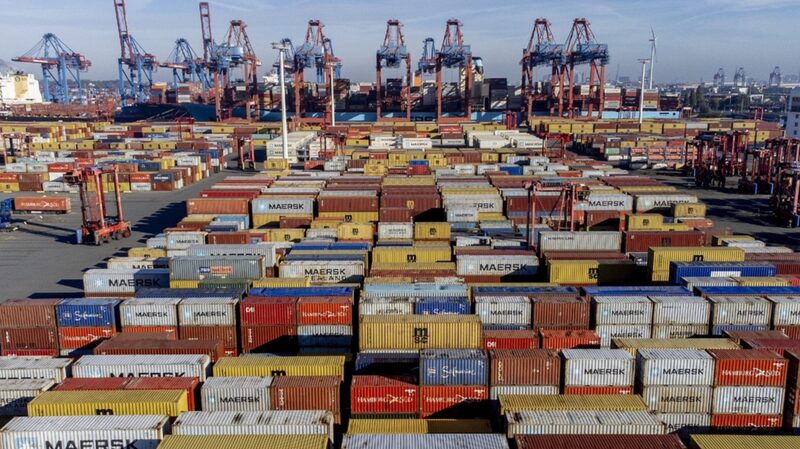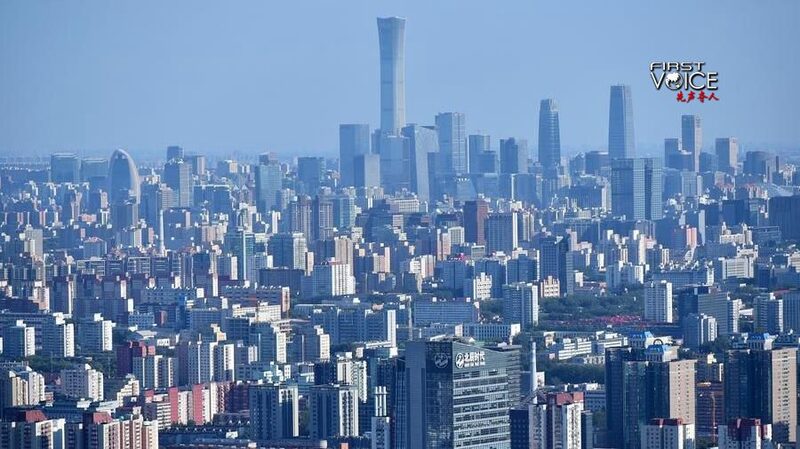As geopolitical tensions reshape global trade dynamics, China is leveraging industrial innovation and market diversification to address security-driven barriers like U.S. tariffs. Analysts highlight insights from Sinnvoll founder Song Xin at this year's Two Sessions forum, emphasizing how institutional reforms and supply chain agility sustain the nation's export leadership.
Changing Priorities in Global Trade
Security concerns now dominate international economic policies, disrupting decades of trade-first cooperation. The U.S. has intensified restrictions on Chinese sectors like electric vehicles, reflecting what experts call a 'securitization' of trade. While these measures strain traditional partnerships, they also push China to refine strategies for maintaining global competitiveness.
Industrial Scale Meets Entrepreneurial Ingenuity
China's position as the world's top exporter remains anchored by unmatched manufacturing ecosystems. Producing one-third of global manufactured goods, its factories and innovators continue adapting to shifting demands. Premier Li Qiang's 2025 government work report outlines plans to help businesses stabilize overseas orders — a move amplified by exporters rerouting goods through Southeast Asia and Mexico to bypass tariffs.
The Hidden Limits of Tariffs
Despite U.S. tariffs exceeding 20% on some goods, Chinese products retain pricing advantages. Industry observers note many Chinese industrial goods cost 300%–1,000% less than American equivalents, making tariffs ineffective for market exclusion. Instead, Chinese firms optimize supply chains while expanding into emerging markets, ensuring steady trade flows even amid political friction.
As debates over trade policies continue, China's approach highlights the interplay between economic pragmatism and strategic foresight in sustaining globalization.
Reference(s):
China's institutional opening-up: Adapting to trade environment
cgtn.com








